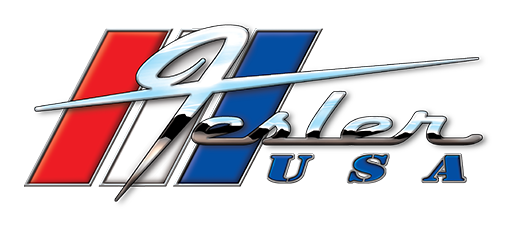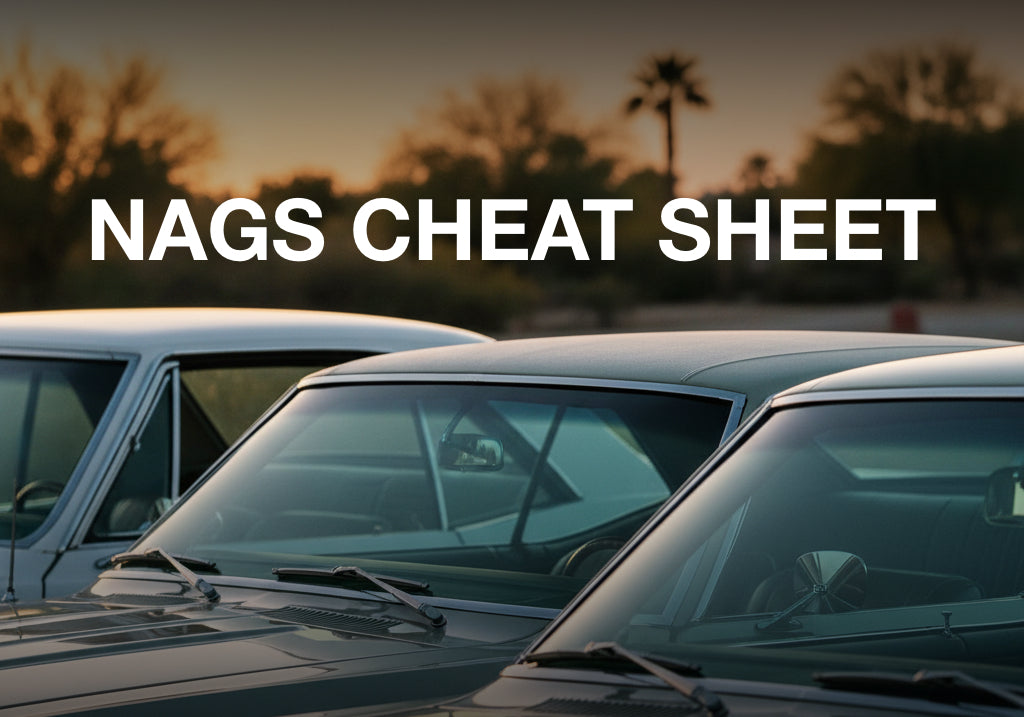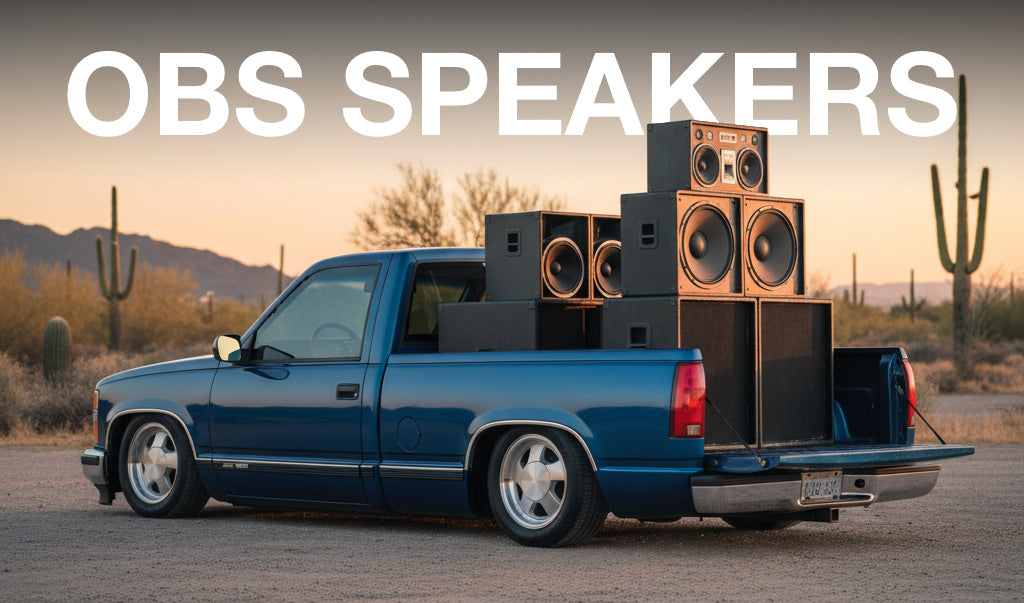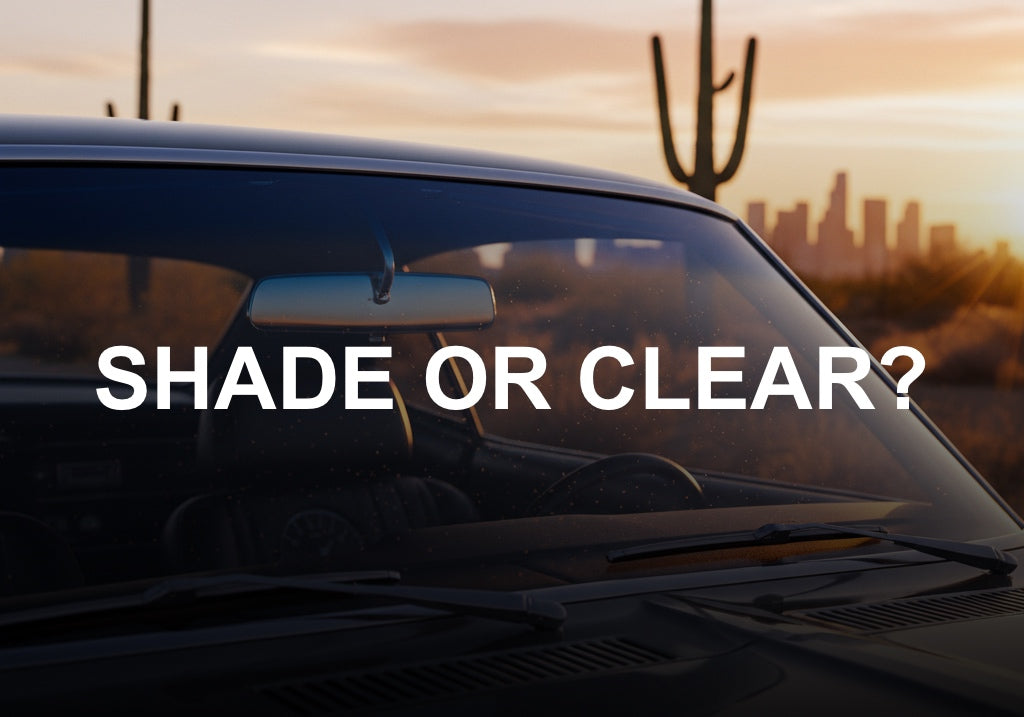Auto Glass Part Numbers, Decoded: A Quick NAGS Cheat Sheet
NAGS is the auto glass part numbering system used across the industry. If you know how to read it, you can spot the glass type at a glance and avoid ordering the wrong piece. This page explains the most common prefixes and the tint and shade band letters you will see most often.
How a typical NAGS part looks
Format: Prefix + Digits + Suffix letters
- Prefix: tells you the glass type and whether the vehicle is domestic or foreign.
- Digits: identify the specific part application.
- Suffix letters: describe tint and whether there is a shade band at the top of the windshield.
Example: DW01658 GTN → DW means domestic windshield. The digits identify the exact windshield. GTN is a common suffix set that indicates a green tint with no top shade band.
Prefix decoder
The official NAGS abbreviations define these prefixes. You will see matching sets for domestic and foreign vehicles.
| Domestic prefix | Meaning | Foreign prefix | Meaning |
|---|---|---|---|
| DW | Windshield | FW | Windshield |
| DB | Back glass | FB | Back glass |
| DD | Door glass | FD | Door glass |
| DQ | Quarter glass | FQ | Quarter glass |
| DV | Vent glass | FV | Vent glass |
| DS | Side glass | FS | Side glass |
| DR | Roof glass | FR | Roof glass |
| DL | Flat windshield | FL | Flat windshield |
| DT | Flat non-windshield | FT | Flat non-windshield |
| DP | Partition |
These definitions are taken from the official NAGS abbreviations list. The same page also defines related terms like shade band and other glass features.
Common tint and shade suffixes you will see
Windshield suffix letters describe tint color and whether there is a top shade band. The exact sets used can vary by supplier, but the patterns below are widely used in catalogs.
| Suffix | What it usually means | Notes |
|---|---|---|
| GTN | Green tint, non-shaded | Used as the non-shaded production windshield in OEM docs for some models |
| GBN | Green tint with a top shade band | Paired against GTN in OEM docs where GBN indicates a shade band version |
| CLN | Clear, non-shaded | Common clear option in classic applications |
| YPN | Privacy tint variant | Vendors may denote privacy tints with a P in the set |
How to verify a part number
- Identify the prefix to confirm the glass type and domestic or foreign application.
- Use the digits to search a trusted catalog and confirm your platform and year.
- Check the suffix letters for tint and shade band, then read the product notes carefully.
Choose your path:
Sources
- Official NAGS abbreviations and prefix definitions published by Mitchell.
- OEM application guide examples that contrast non-shaded GTN and shaded GBN windshields.
- Vendor color code legend clarifying common meanings like GTN, GBN and CLN.
- General explanations of what a windshield shade band is and why it matters.
All parts we sell that are not glass are proudly handmade in Phoenix, Arizona.




Leave a comment
This site is protected by hCaptcha and the hCaptcha Privacy Policy and Terms of Service apply.